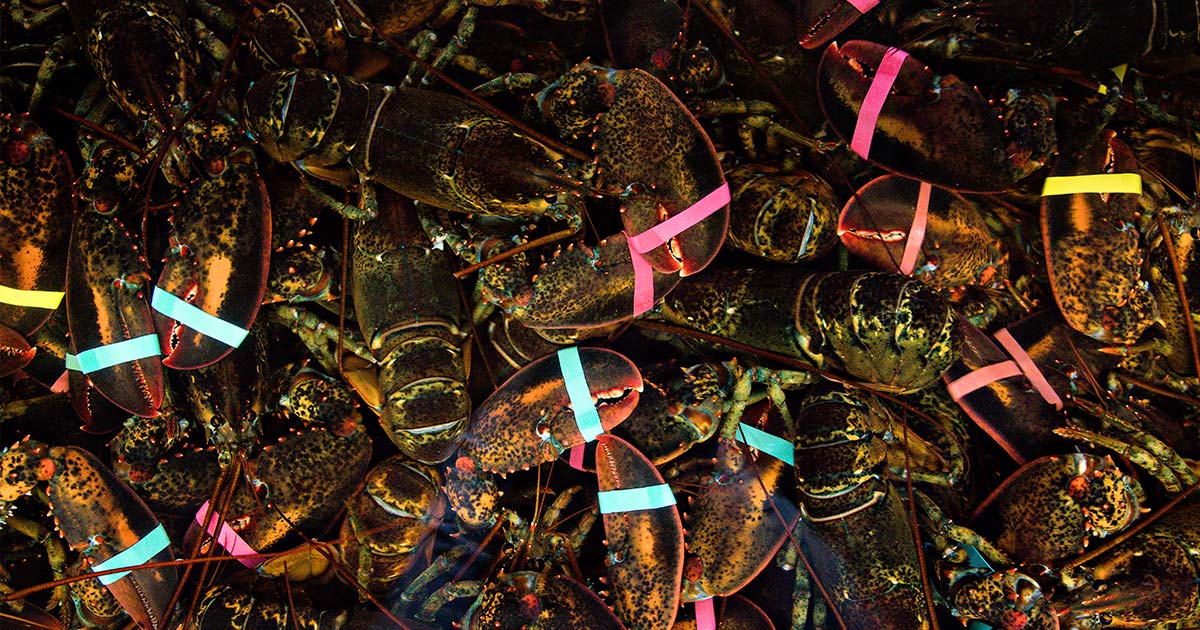What is Sustainable Lobster Fishing & Why Does It Matter?
Maine lobster fishing is a critical industry in coastal towns across Maine. However, it’s vital to ensure the practice is sustainable, so the industry can continue thriving.
In this post, we’ll talk about some of the sustainable lobster fishing practices that are crucial to keeping the industry alive.
WHY IS SUSTAINABLE LOBSTER FISHING IMPORTANT?
The short answer? Sustainable lobster fishing practices are essential to ensure that the industry continues to thrive. Overfishing can deplete the lobster population, making it difficult for the industry to survive.
Sustainable practices aid in guaranteeing that there are enough lobsters to sustain the population while ensuring continuity in the industry. Furthermore, sustainable lobster fishing also protects the ecosystem by ensuring that fishing practices don’t damage the seabed.
4 SUSTAINABLE MAINE LOBSTER FISHING PRACTICES
1. Each lobsterman is allowed 800 traps
One of the practices that promote sustainability in the lobster fishing industry is that each lobsterman or woman is permitted to have a maximum of 800 traps. This limit helps guarantee that the lobster population is not overfished, and each trap is carefully managed to ensure that only mature lobsters are caught. This limit also means that lobster traps are not scattered throughout the seabed, thereby reducing the likelihood of damage to the ecosystem.
2. Gauging of a Maine lobster to ensure legal size
Another sustainable lobster fishing practice is gauging a Maine lobster to ascertain its legality. Lobstermen and women must check the length and weight of the lobster to ensure that it is of legal size. If the lobster is too small, it will be returned to the sea, where it can continue to grow and reproduce.
3. V-Notching: Protecting female lobsters with eggs
Female lobsters with eggs are protected through v-notching. This practice ensures that mature female lobsters with eggs are not caught in traps, allowing them to reproduce and ensuring the continued growth of the lobster population.
V-notching involves cutting a v-shaped notch in the tail of an egg-carrying female lobster to signify that it is protected and should be released.
4. Limiting the number of lobster fishing licenses
Lastly, the number of lobster fishing licenses issued is limited to ensure the lobster population is not overfished. This quota limits the number of fishermen who can operate in the industry.
Sustainable lobster fishing is essential to keep the Maine lobstering industry alive. The practices outlined above — including trap limits, gauging, v-notching, and limited fishing licenses — are all necessary to maintain a healthy lobster population, protect the ecosystem, and ensure that there is continuity in the industry. We must all play our part in ensuring that lobster fishing remains sustainable now and in the future.
Ready to handle a Maine lobster for yourself? Order today or visit our Scarborough, Maine location to purchase fresh-caught Maine lobster.

